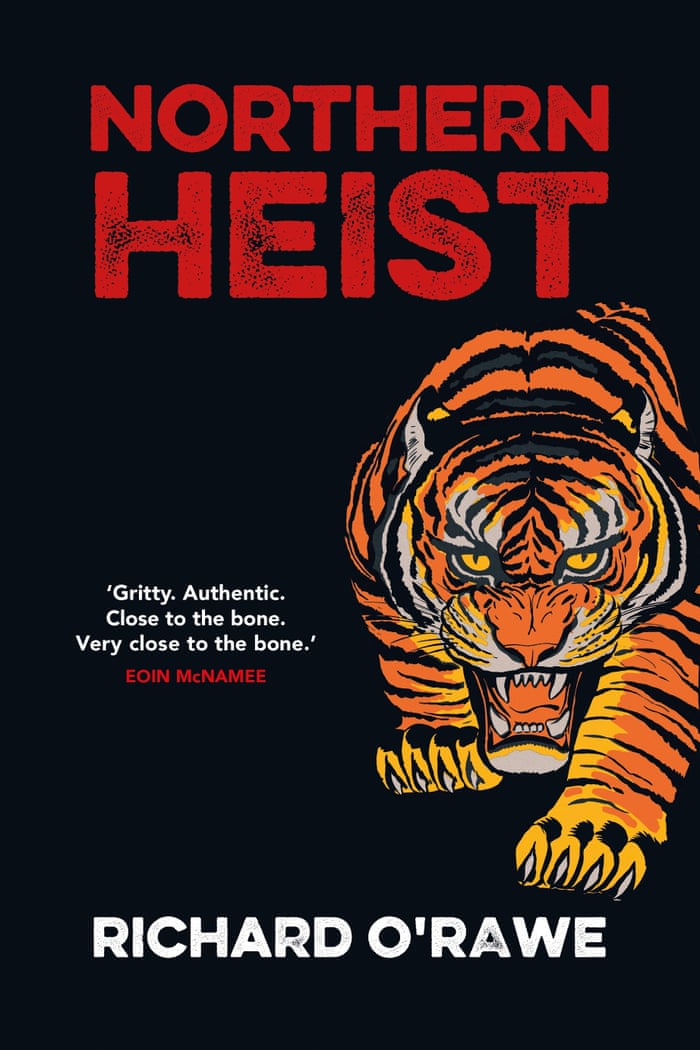 Synopsis:The astonishing true story of the Berlin Tunnel, one of the West’s greatest espionage operations of the Cold War—and the dangerous Soviet mole who betrayed it.
Synopsis:The astonishing true story of the Berlin Tunnel, one of the West’s greatest espionage operations of the Cold War—and the dangerous Soviet mole who betrayed it.
Its code name was “Operation Gold,” a wildly audacious CIA plan to construct a clandestine tunnel into East Berlin to tap into critical KGB and Soviet military telecommunication lines. The tunnel, crossing the border between the American and Soviet sectors, would have to be 1,500 feet (the length of the Empire State Building) with state-of-the-art equipment, built and operated literally under the feet of their Cold War adversaries. Success would provide the CIA and the British Secret Intelligence Service access to a vast treasure of intelligence. Exposure might spark a dangerous confrontation with the Soviets. Yet as the Allies were burrowing into the German soil, a traitor, code-named Agent Diamond by his Soviet handlers, was burrowing into the operation itself. . .
Betrayal in Berlin is Steve Vogel’s heart pounding account of the operation. He vividly recreates post-war Berlin, a scarred, shadowy snake pit with thousands of spies and innumerable cover stories. It is also the most vivid account of George Blake, perhaps the most damaging mole of the Cold War. Drawing upon years of archival research, secret documents, and rare interviews with Blake himself, Vogel has crafted a true-life spy story as thrilling as the novels of John le Carré and Len Deighton.
Anyone who is at all interested in this period of history, especially as it relates to Cold War espionage, should pick this up and read it. Don't be put off by the number of pages, at least 100 of them are dedicated to notes, bibliography and a list of interviewees and dates.
I have a whole three shelves dedicated to espionage and spies, a topic I became heavily interested in when my late teens, when there was still a kind of romance about the whole being a spy thing - there was a lot of effort and imagination put into many of the activities undertaken, and reading back on these, one wonders how any of them got away with what they did - very "boys' own adventures" .
There is a hell of a lot of information being presented: on the agencies, their personnel, political history, and a lot of mundane stuff leading up to the building of the Berlin Tunnel. Even afterwards, the lives of those involved peaked and waned, Blake himself drifts in and out of focus, and it is not until events reach their apogee with Blake's arrest and incarceration, that the political merry-go-round starts up again and we are all carried along in its wake.
Vogel's easy manner of disseminating this plethora of information makes for an thrilling and captivating story - the trouble is, this is not fiction but fact!
Heartily recommended .... "mischief, thou art afoot ..."
 Who was George Blake: as Vogel himself notes - the ".. decade long adventure he had lived since even before he reached adulthood left him enthralled with deception and espionage ..." He was a man with a gift for languages and his activities during World War II made him the perfect recruit for MI6 - " .. a gallant past, numerous languages and an ingenious mind ...".
Who was George Blake: as Vogel himself notes - the ".. decade long adventure he had lived since even before he reached adulthood left him enthralled with deception and espionage ..." He was a man with a gift for languages and his activities during World War II made him the perfect recruit for MI6 - " .. a gallant past, numerous languages and an ingenious mind ...".
So why did he turn? Vogel offers a number of reasons, all very plausible, but it is only conjecture really, as Blake himself puts is down to a dissatisfaction with the governing bodies in the UK and USA. Blake went from being a religious zealot to Communist adherent in a few years, affected, he said, by the American influence and bombings in Korea, and his disappointment in the church.
 |
Source: Traitor: British Double Agents 1930-80 By John Frayn Turner
|
He was never officially approached but volunteered; he was never paid for his double dealings; and yet he was considered the most damaging of the Cold War spies - one whom the Soviets placed great value on and risked a lot to keep him in place.
 |
| Source: The Independent - 7th November 2012 |
After spying for nearly ten years, it was the defection of another spy that eventually led to his capture, and his capitulation without coersion. Even his escape was the stuff of legends - Initially it was assumed that he had been ‘sprung’ by Soviet or Eastern Bloc authorities (Special Branch even received a tip off that he was being smuggled out of the country in an instrument case belong to a harpist with the Czechoslovakia State Orchestra). But the evidence suggests arrangements were made by Blake himself, with considerable assistance from sympathetic fellow-inmates in Wormwood Scrubs, where he had been a model prisoner.
more online:
Crime Reads - The Daring Plan to Build the Berlin Tunnel
further reading:
The Greatest Traitor: The Secret Lives of Agent George Blake by Roger Hermiston
No Other Choice: An Autobiography by George Blake
The Springing of George Blake by Sean Bourke
George Blake: Double Agent by EH Cookridge
Traitor: British Double Agents 1930-80 by John Frayn Turner
Espionage, Security, and Intelligence in Britain, 1945-1970 edited by Richard James Aldrich
The Springing of George Blake by Sean Bourke




![Dangerous To Know: The Chronicles of Breed: Book One by [Davies, K.T.]](https://images-fe.ssl-images-amazon.com/images/I/51c7L4Z-HQL.jpg)
![Royal Murder by [Alexander, Marc]](https://images-fe.ssl-images-amazon.com/images/I/51cwbuP4txL.jpg)
![Sheriff and Priest: Wimer the Chaplain by [Moxey, Nicky]](https://images-eu.ssl-images-amazon.com/images/I/51ejwVwsEKL.jpg)




![The String of Pearls: The Original Tale of Sweeney Todd, the Demon Barber of Fleet Street by [Prest, Thomas Preskett]](https://images-na.ssl-images-amazon.com/images/I/51TjcMAPP-L.jpg)

![The Viper of Milan by [Bowen, Marjorie]](https://images-fe.ssl-images-amazon.com/images/I/51%2BNTshiYLL.jpg)

![Murder in Mind by [Pasch, Amelia]](https://images-fe.ssl-images-amazon.com/images/I/61dKVv52HTL.jpg)
![Edward the Elder and the Making of England by [Harvey Wood, Harriet]](https://images-fe.ssl-images-amazon.com/images/I/61hsPSKrNIL._SY346_.jpg)


